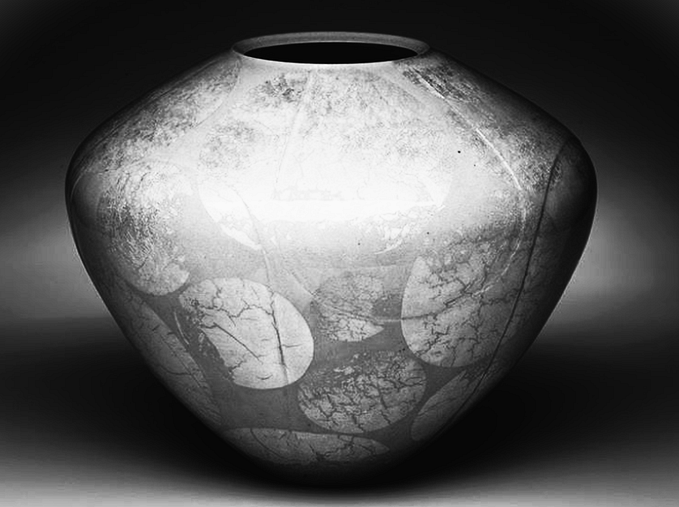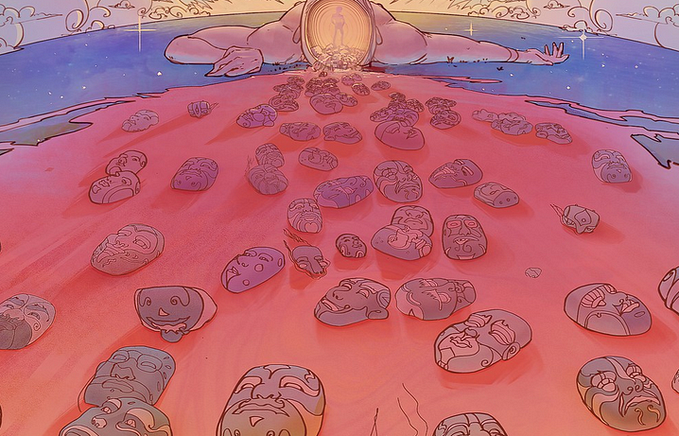In my previous Article we understood the importance of graphite in Li-Ion batteries. here we will try to understand the Production process that leads to Battery grade Graphite material.
As mentioned in “Article” there are two types of graphite used in Li-Ion batteries.
a. Natural Graphite
b. Synthetic Graphite
Natural Graphite is Mined from ore deposits. There are mainly three forms of ore:
1. Amorphous ( Low Quality )
2. Flake ( small, medium and large)
3. Vein ( high quality )
Low to Medium sized flake graphite is source for battery grade anode, it takes ~3 Tonne of flake graphite to produce 1 Tonne of battery grade graphite and depending on vehicle range an EV battery might contain 50kg to 100kg of Graphite
Natural Graphite Production Process :

Mining:
Graphite is extracted from natural deposits through surface or underground mining. The raw ore is typically mixed with other materials, requiring further processing.
Flotation:
The mined graphite ore undergoes froth flotation, where water and chemicals separate the graphite from impurities. This results in a concentrate containing higher graphite purity.
Chemical Purification:
The graphite concentrate is chemically treated (often with acids) to remove remaining impurities. This step increases purity to 99.95% or higher, required for battery-grade graphite.
Micronization:
The purified graphite is ground into fine particles to meet the size specifications for battery applications. This improves the material’s suitability for further processing.
Spheronization:
The graphite particles are shaped into spherical forms to increase packing density and improve conductivity in the battery anode. Spheronization enhances the material’s electrochemical performance.
Coating:
The spherical graphite is coated with a carbon layer, which enhances its conductivity and stability during battery cycling. This coating also protects the graphite from side reactions.
Thermal Purification:
In a high-temperature furnace, any remaining impurities are vaporized, achieving ultra-high purity (>99.99%). This step ensures the graphite meets stringent quality requirements for battery applications.
Processing produces substantial volume of particulate emissions,
* The finer the flake , the more expensive and environmentally damaging.
* Natural Graphite quality is inconsistent as deposits can differ greatly
* Too fine particles will lead to significant yield loss, as it cannot under go Spherodization step needed to produce CSPG ( coated, spherical, purified , graphite)
Synthetic Graphite Production Process :

The Acheson process is used to produce synthetic graphite, typically by heating carbon-containing materials at high temperatures.
Raw Material Preparation:
Petroleum coke or other carbon-rich materials are mixed with a binder like coal tar pitch. The mixture is shaped into desired forms, such as blocks or rods.
Placement in Furnace:
The shaped carbon material is packed with a sand-like material (silicon carbide) in an electric furnace to help control the temperature during heating.
Heating (Graphitization):
An electric current is passed through the furnace, heating the material to temperatures around 2500–3000°C. At these temperatures, carbon atoms rearrange into graphite’s crystalline structure.
Cooling:
The material is slowly cooled down over a period to ensure proper crystallization. Rapid cooling can cause cracking or defects in the graphite structure.
Graphite Extraction:
Once cooled, the synthetic graphite is removed from the furnace, with impurities being brushed or blasted off.
Final Processing:
The synthetic graphite may undergo further shaping, cutting, or purification, depending on its intended application, such as electrodes or battery-grade graphite.
Synthetic Graphite Production is ecologically more damaging. The Energy intensive Acheson process produces notable amount of NOx, SOx and particulate matter pollutants.







